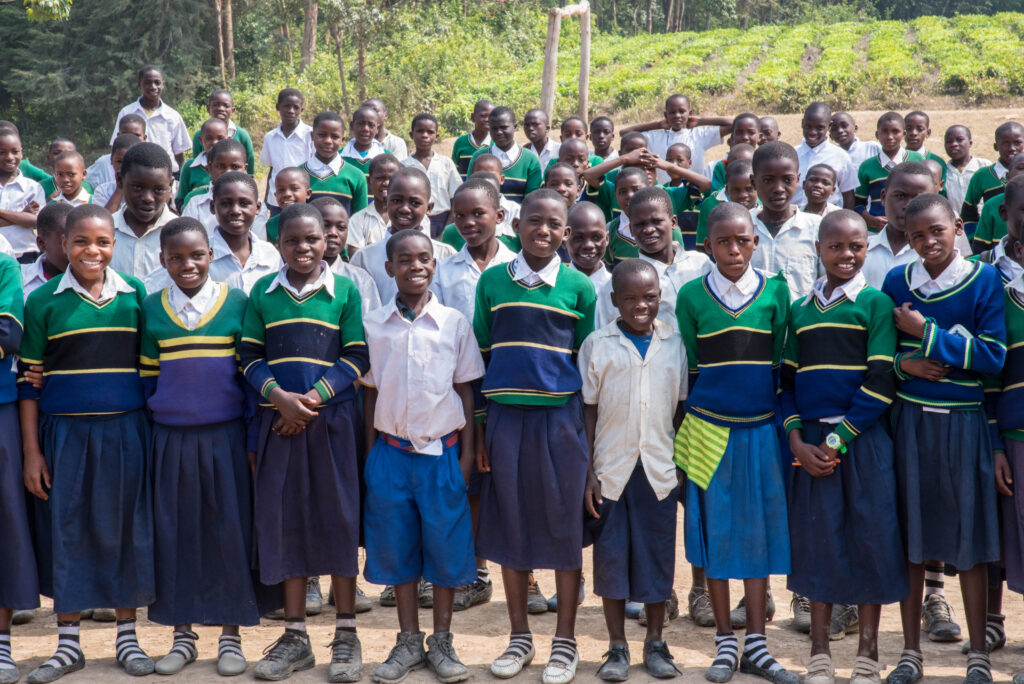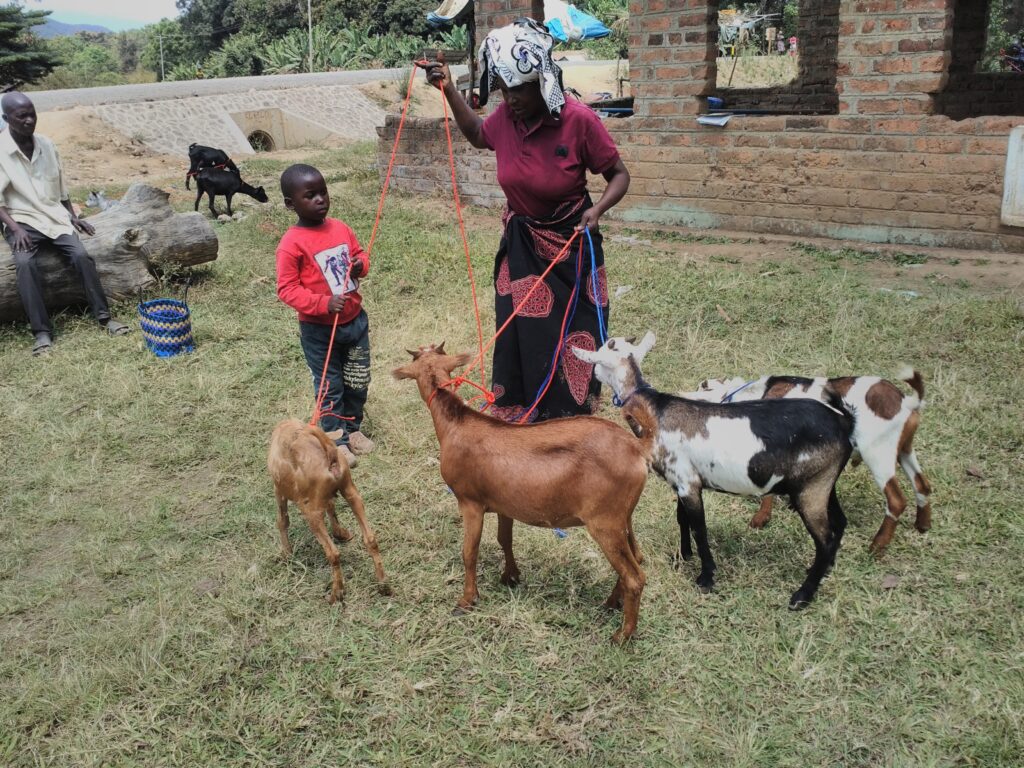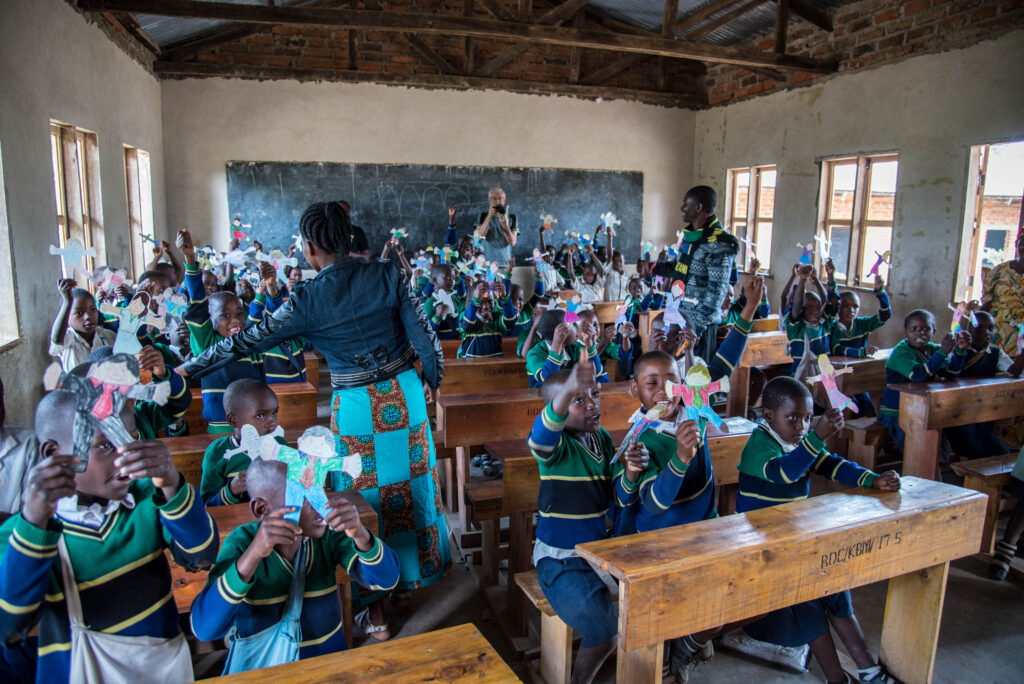What We Do
Vision

Most Vulnerable Children (MVC) in East Africa living in extreme poverty have a brighter future and the opportunity to achieve their dreams.
Mission

Africa Bridge engages with villagers and local leaders to develop sustainable socioeconomic solutions that help to protect and care for vulnerable children, lifting them and their communities out of extreme poverty.



The results of the Kisondela Well-being Survey demonstrate that the Africa Bridge model has the capacity to transform the lives of Tanzania’s most vulnerable and impoverished children and significantly alleviate extreme poverty. This study found that Africa Bridge’s focus on support for Most Vulnerable Children via a pass-on model is uncommon and potentially unique in Tanzania, where AB works with a population that is more deeply impoverished than the rural population of Tanzania in general.“
University of Texas and MarketShare Associates Independent Impact Analysis, 2021
Where We Work
We change lives in remote villages in East Africa. Most of our work has been in the southwest highlands of Tanzania where people are among the poorest in the world. Many live on less than one dollar a day, have an annual life expectancy of less than 50 years, subsist with basic farming, and often eat only one meal a day. Villages and farms are widely scattered, roads are mostly dirt and gravel and often impassable in the wet season, and electricity and piped water are rare. Literacy rates are low, malnutrition is common, and the HIV/AIDS infection rate is high. Many vulnerable children live with elderly grandparents or extended families, stretching already distressed incomes even further.
Who We Serve
Current studies show that 90% of those living in extreme poverty reside in sub-Saharan Africa, 80% of them in rural areas. Of those in extreme poverty, 50% are Most Vulnerable Children whose realities are one meal a day, no electricity or piped water, and limited access to education and healthcare. We serve these children.



How We Work
In Tanzania, three to six villages are organized into a ward. We begin by seeking input from the District and Ward governments to fully understand the greatest needs, and we continue to work with the ward and its villages for five years to implement Africa Bridge’s unique model.

